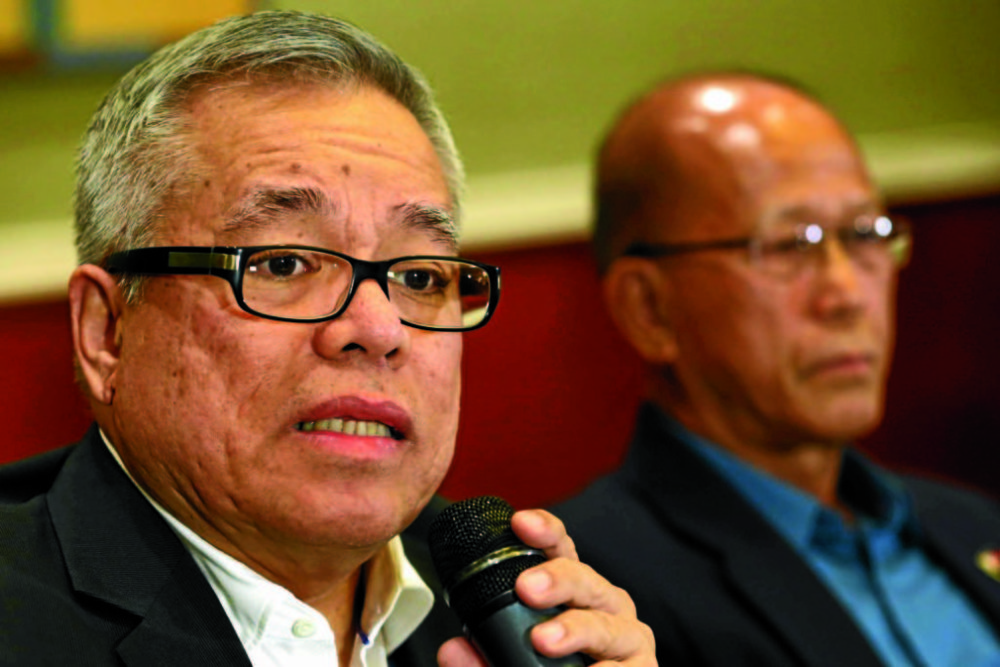The lies cost NASA more than $700 million and years of scientific work.
On Tuesday, NASA revealed that aluminum manufacturer Sapa Profiles, Inc. (SPI) “altered test results and provided false certifications” for materials used in the rockets, causing their fairings not to separate as designed.
“For nearly 20 years, Sapa Profiles and Sapa Extrusions [SPI’s corporate parent] falsified critical tests on the aluminum they sold — tests that their customers, including the U.S. government, depended on to ensure the reliability of the aluminum they purchased,” Assistant Attorney General Brian A. Benczkowski said in an April 23 statement.
SPI has agreed to pay $46 million to NASA, the Department of Defense, and others. But according to LSP Director Jim Norman, that’s just a fraction of the damage caused by the manufacturer’s actions.








